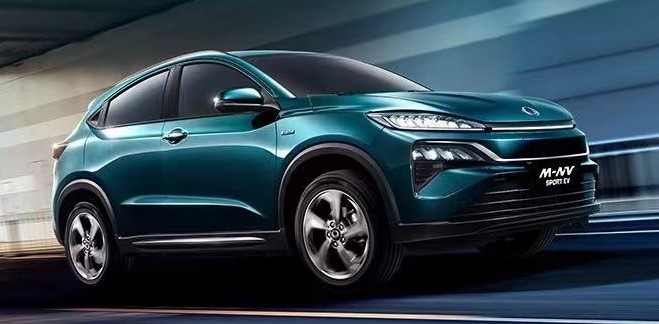Strengthen battery quality control and win a more stable new energy vehicle market
2021-07-18
On July 16, due to the risk of thermal runaway of power batteries, two domestic new energy vehicle brands voluntarily recalled 17,623 new energy vehicles. Many battery suppliers such as Funeng Technology were involved. We learned from the media that the recalled vehicles were not equipped with Ningde Times batteries. Some media responded that the iQ model is equipped with Funeng batteries.
Experts believe that there are three main thermal runaway mechanisms for high specific energy power batteries. The first is the internal short circuit caused by the diaphragm puncture to cause thermal runaway; the second is the positive release of active oxygen in high specific energy batteries, and the oxygen evolution density continues to decrease with the increase of specific energy; the third is the release of active lithium in the negative electrode. It is caused by fast charging or overcharging. Experts pointed out that through the algorithm of internal short-circuit detection and a series of engineering methods, the ability of the safety management of the battery management system can be improved. "Battery insulation is not enough, but also a design for heat dissipation. There are also some batteries that require heat insulation and heat dissipation to be completed together."
Scientific research and judgment, serious analysis, enable relevant technical personnel and experts to have a further quality understanding; self-continuous learning and improvement can prevent quality risks and prevent lapses.
It is reported that the recalled vehicles mentioned above may be equipped with Ningde era batteries. The relevant person in charge of the Ningde Times stated that the Ningde Times has extensive cooperation with many car companies, but the recalled vehicles are not equipped with the batteries of the Ningde Times. A person in charge of an automobile responded: “iQ uses Funeng batteries.” The energy density of the battery pack is 167Wh/kg. Dongfeng has a number of vehicles equipped with Ningde era batteries, which makes Dongfeng Junfeng users less worried.

Experts believe that there are three main thermal runaway mechanisms for high specific energy power batteries. The first is the internal short circuit caused by the diaphragm puncture to cause thermal runaway; the second is the positive release of active oxygen in high specific energy batteries, and the oxygen evolution density continues to decrease with the increase of specific energy; the third is the release of active lithium in the negative electrode. It is caused by fast charging or overcharging. Experts pointed out that through the algorithm of internal short-circuit detection and a series of engineering methods, the ability of the safety management of the battery management system can be improved. "Battery insulation is not enough, but also a design for heat dissipation. There are also some batteries that require heat insulation and heat dissipation to be completed together."
Scientific research and judgment, serious analysis, enable relevant technical personnel and experts to have a further quality understanding; self-continuous learning and improvement can prevent quality risks and prevent lapses.

